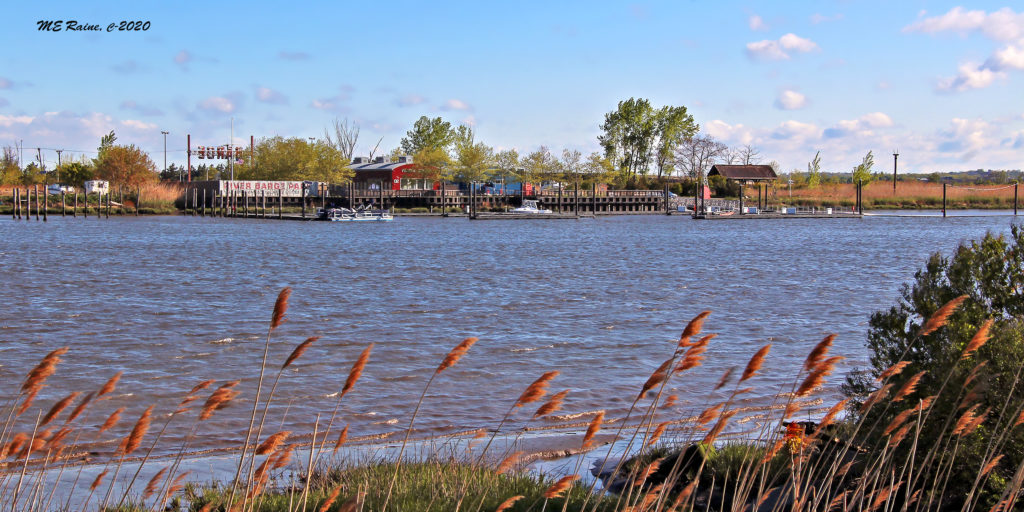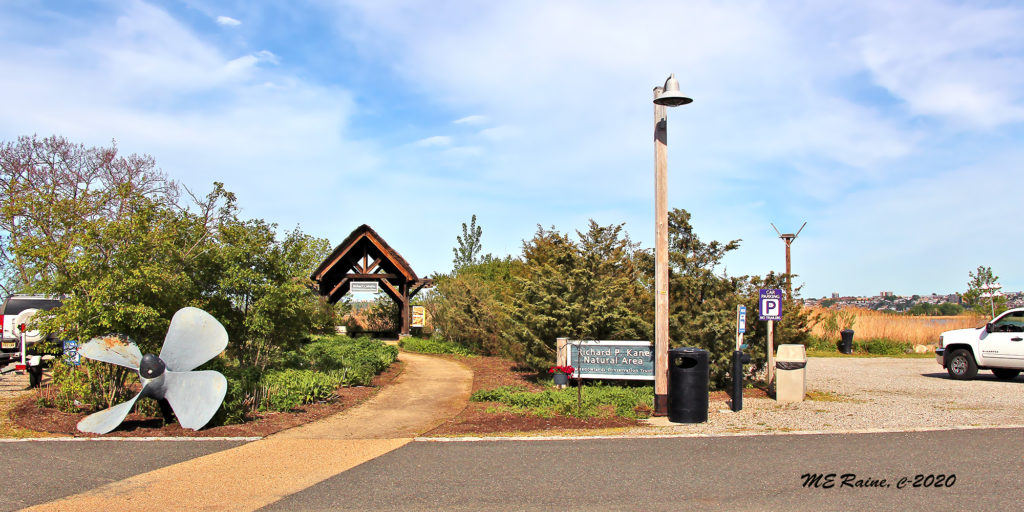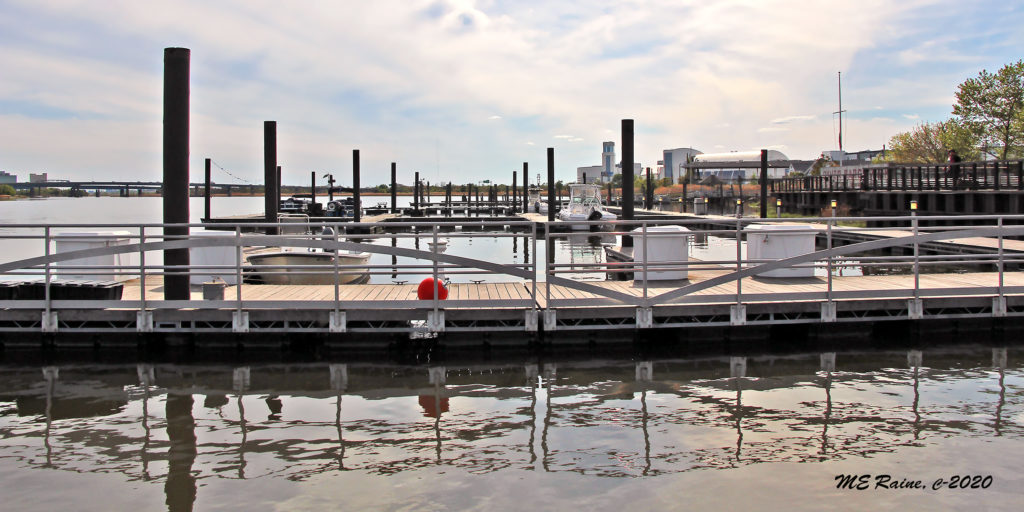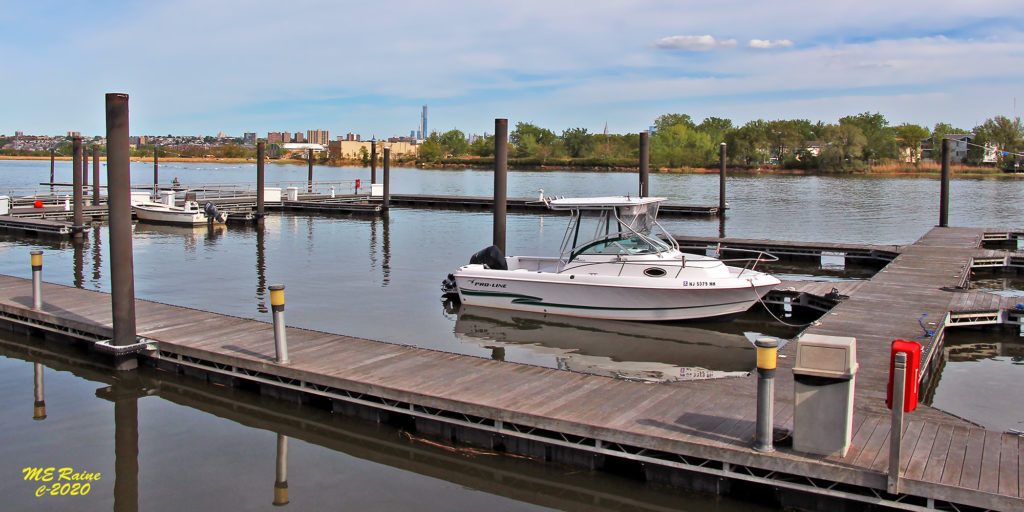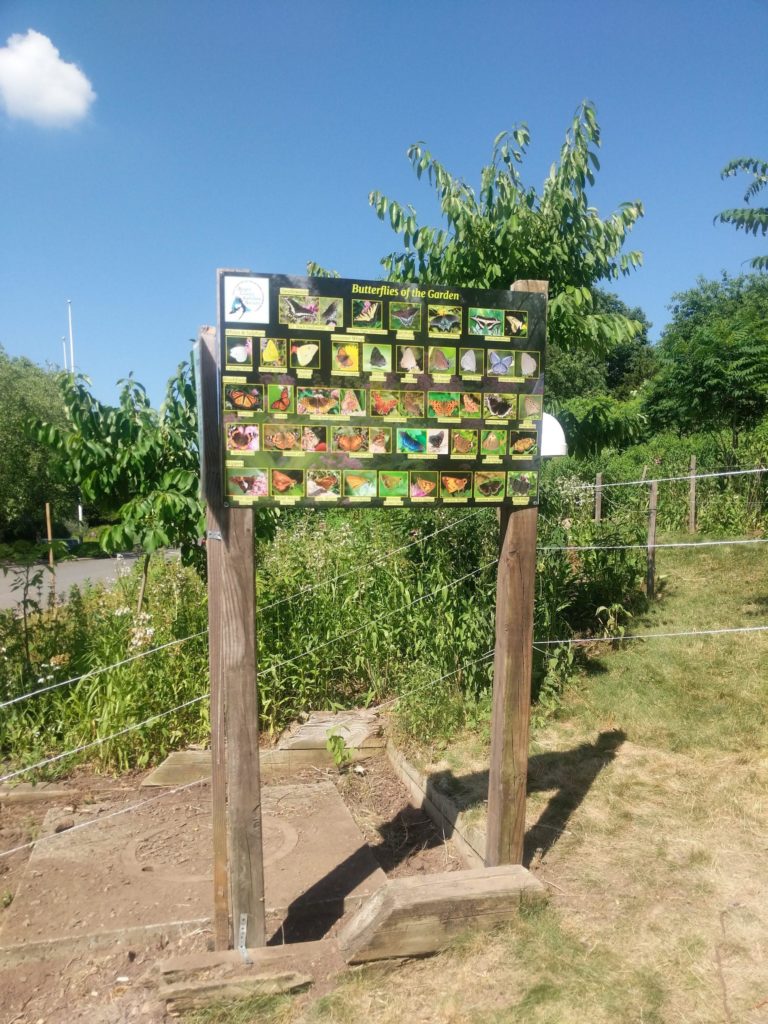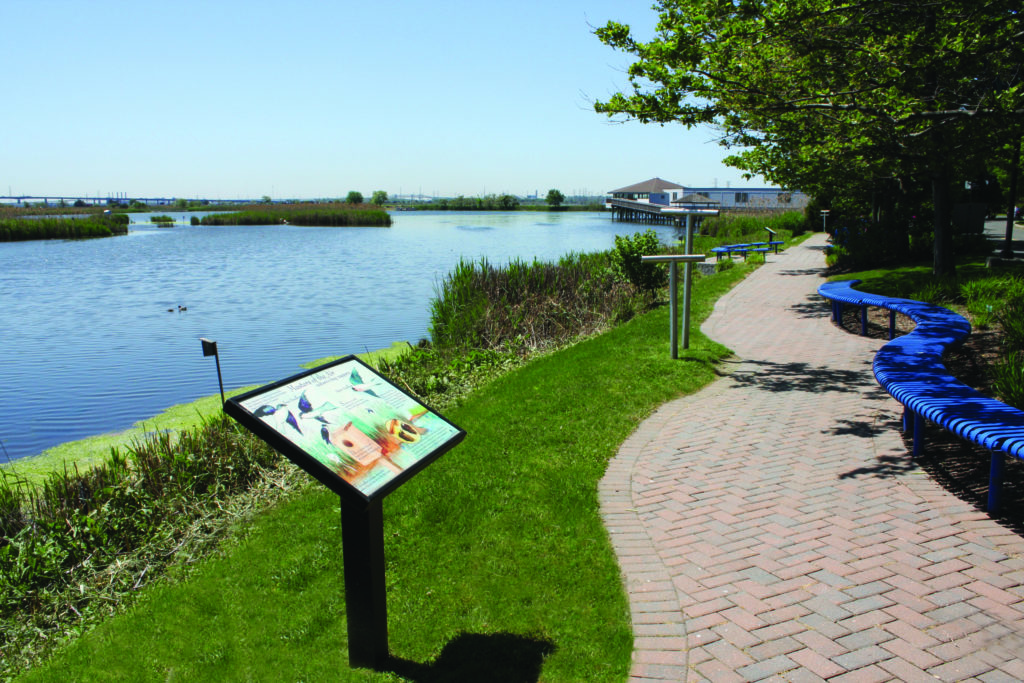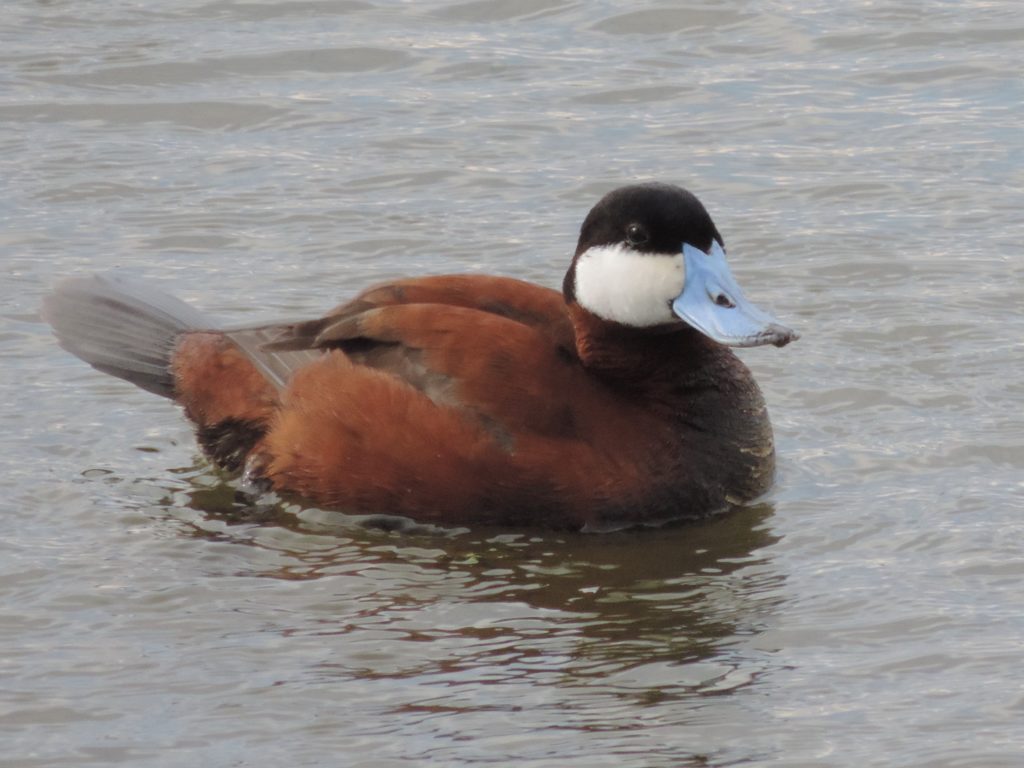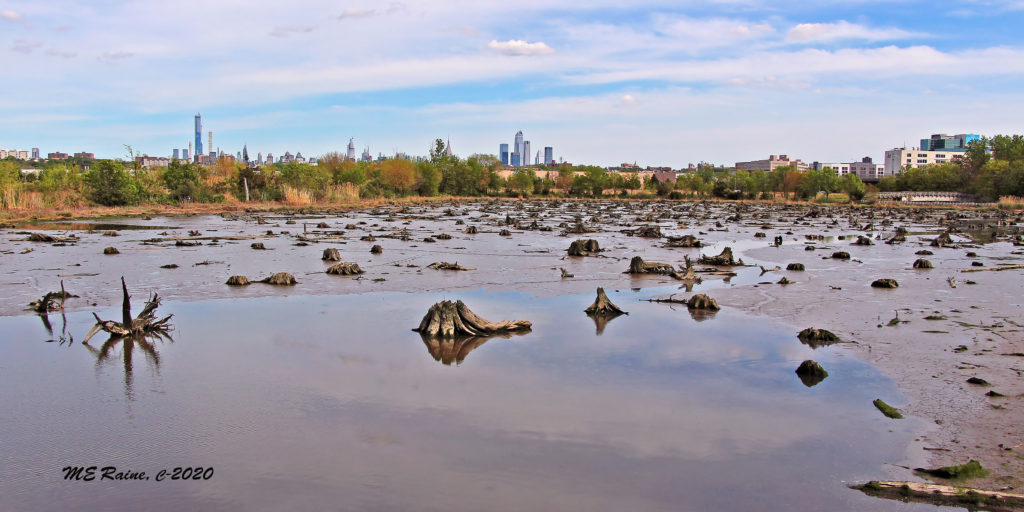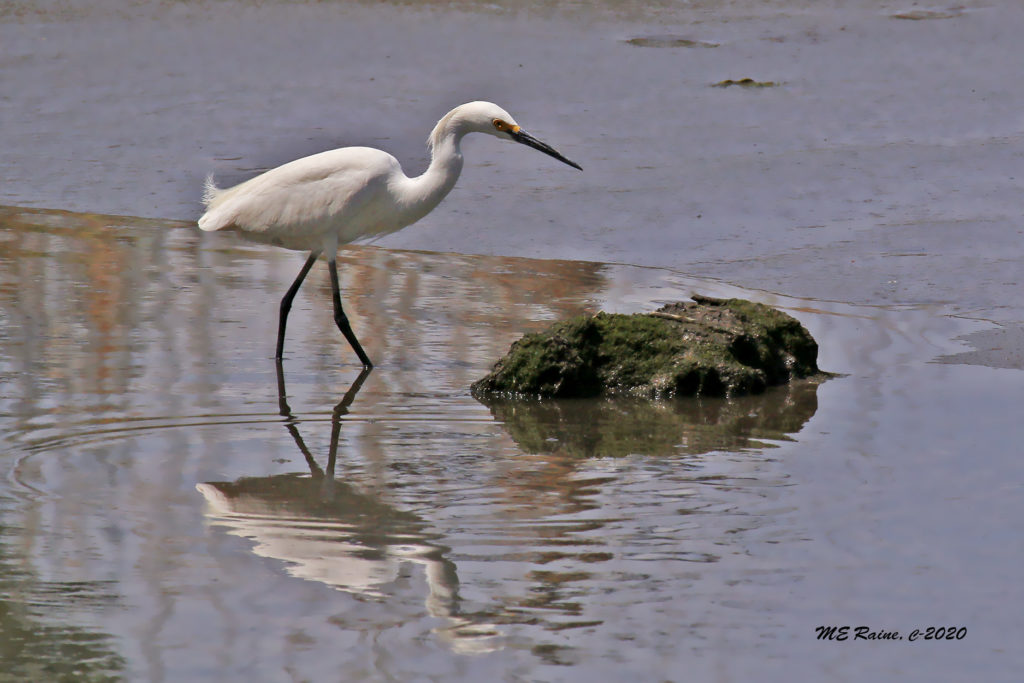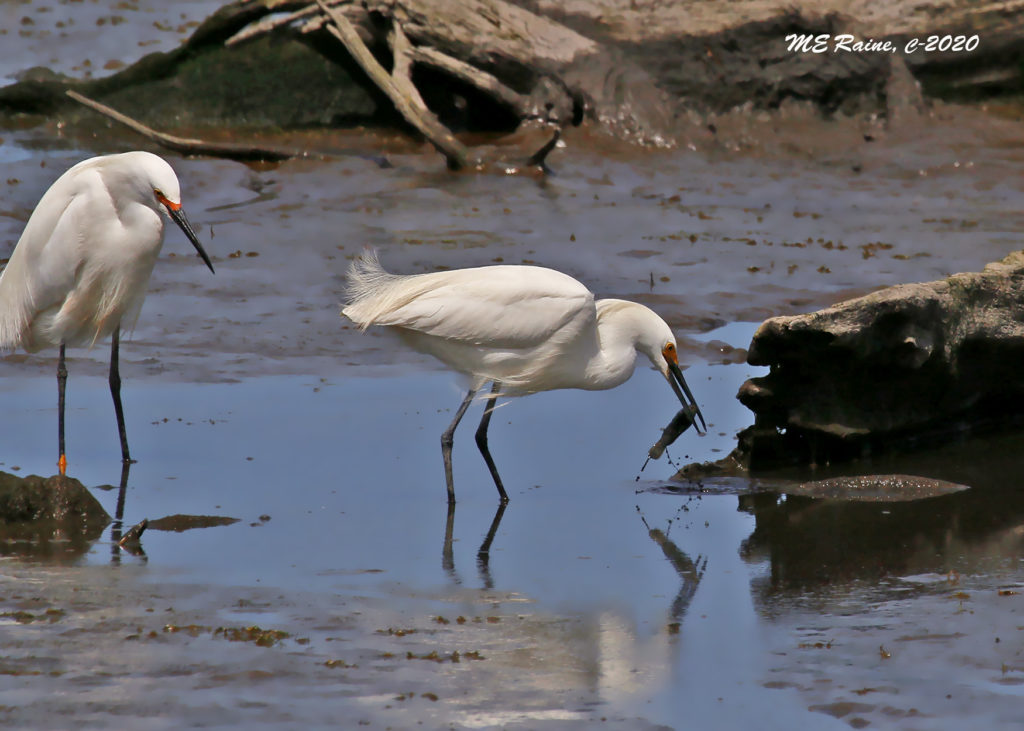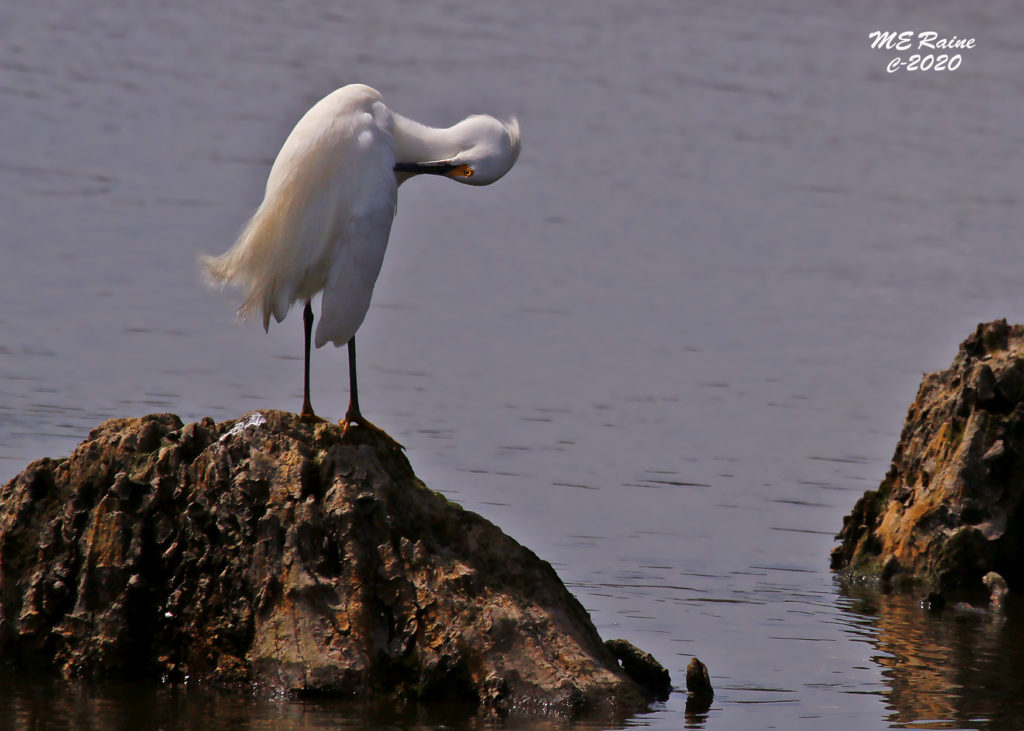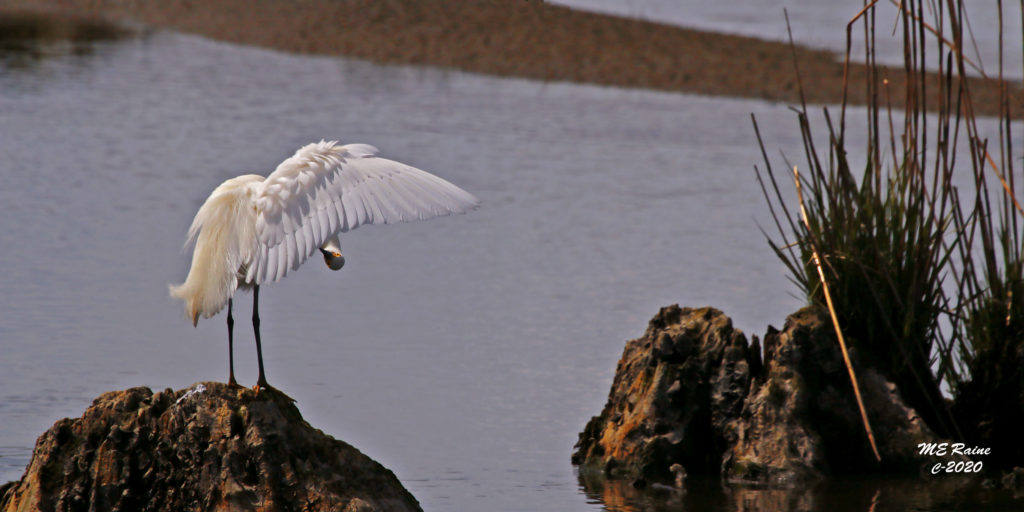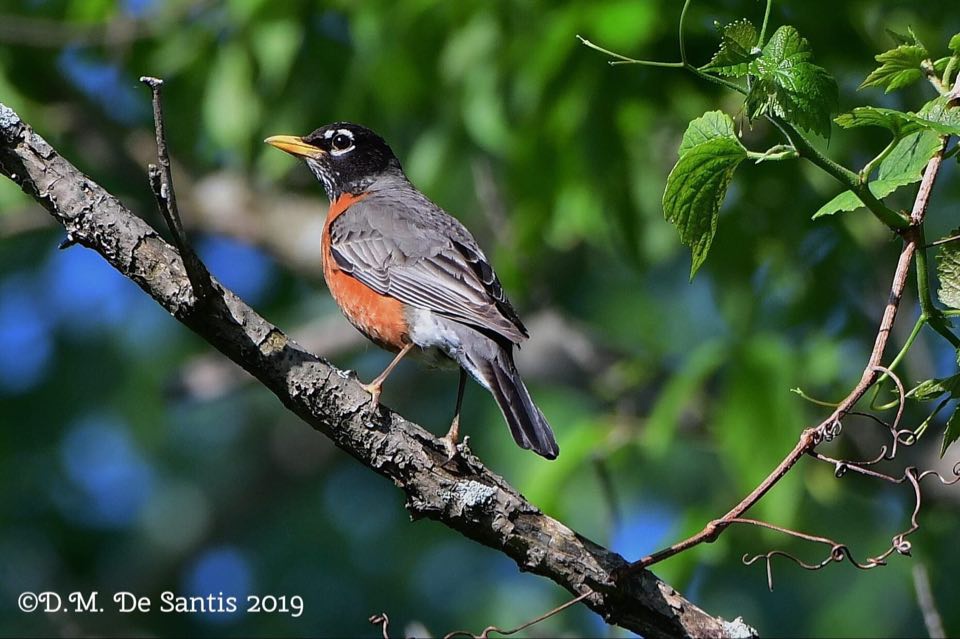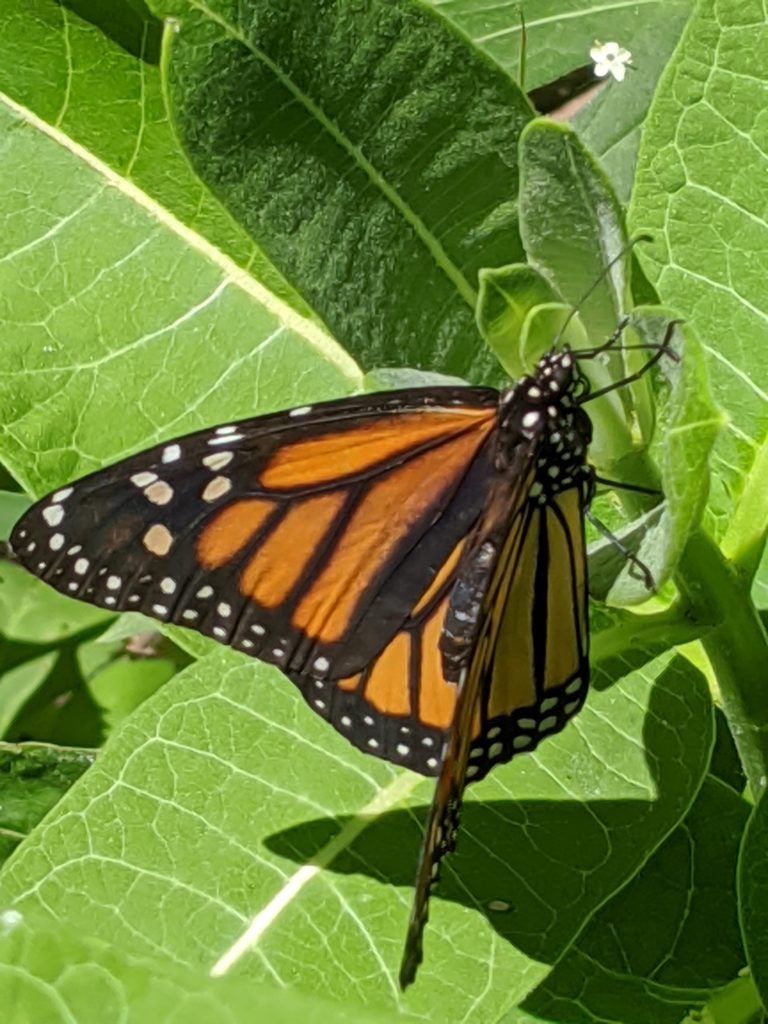
For generations home gardeners have literally changed the ecosystems of our neighborhoods and unfortunately not for the better. Where once native trees, shrubs and flowers stood now have been replaced by plants from other places around the world, creating a false habitat; one that looks lush and inviting but in reality is insidiously void of the needed life support for our birds and butterflies.
Years back this may not have been so important to the natural scheme of things. But as more and more land was sacrificed for commercial development and urban sprawl the habitat that was left became fragmented and invaded by the very same plants that we unwittingly introduced into our home gardens. These plants outcompete our native plants and are of no value to the wildlife that is depending on them. Simply speaking, when a migratory bird stops in your backyard looking for a meal and it is full of non-native plants they may have just as well landed in a yard of plastic artificial flowers; appealing to the eye but when examined closer is totally void of sustaining life as we know it.
Can the bird move on? Well maybe, if it still has the strength to move on and if there is somewhere else to actually go to before there is any food to be found. Imagine if you are a species of warbler traveling hundreds of miles through many hazardous nights and totally out of the ability to continue the arduous journey without some kind of sustenance, and you land in a yard chock full of plants that have no benefit to you. This could very well be the last stop on your journey.
How and why did we get away from our native plants and instead choose plants from foreign places? Some of it may have to do with folks collecting plants the way we do baseball cards, but I think somewhere along line we were convinced that insects were not allowed in our yards and that if we noticed even a pinhole in a leaf we had to bring home toxic chemicals to kill them and then to make sure we buy plants that the garden center told us did not even attract them. This notion of misunderstanding and fear has helped us lose 3 billion birds since 1970.
Our native plants get their flowers, seeds and berries at exactly the right time our wildlife needs them and with exactly the right nutritional value. But many times overlooked is the fact that the insects that are attracted to the plants are the most important part of the puzzle. They are the lifeblood of the ecosystem and the native plants themselves are the very foundation that holds that ecosystem together.
Whether it is your backyard Cardinal or Chickadee, they need insects to bring forth the next generation. A Black capped Chickadee may collect 400 caterpillars a day or more to feed its young. High protein, high fat insects are the perfect food for raising babies. Without them, nests swill fail and the next generation of birds will not and could not exist. If you have nesting birds in your yard watch them closely. From sun up to sun down the parent birds go back and forth carrying insects to their young.
If the plants are not there that attract those insects the young will not survive. This is not to say that if you plant natives that you will have insects swarming in your back yard. It’s quite the opposite. When the ecology of your backyard is restored all things will be in balance once again, everything keeping everything else in check. Why don’t you see lightning bugs any longer or incredible creatures like Luna moths? The answer is the way we garden, against nature rather than with it.
Our Butterflies have suffered as well from the introduction of non-native plants into the home landscape. Butterfly populations are very specific to the plants they need to survive. Milkweed for the Monarchs, Spicebush for the Spicebush swallowtail and violets for the Fritillaries. We cannot substitute non-natives and expect to see the butterflies like we did years ago.
We can longer pretend we care about birds if we continue to plant things like Bradford Pear trees, which attract 0 species of Lepidoptera (moths and butterflies) as compared to an Oak tree that attracts over 400! We do not have the luxury of saying we care about butterflies if we are planting things like invasive daylilies and avoid wildflowers like Milkweed, Joe-pye weed and Goldenrods.
We now know we need to garden differently and treat our backyards, schoolyards, churches and businesses like they are habitats if we are to save the future of our wildlife. We are irresponsible if we continue to introduce toxins into our gardens while advocating for a healthy environment for both wildlife and people. Sadly if we received notice that our elected officials were treating our parks the way we treat our backyards we would be out in the streets with protest signs demanding a halt to the environment’s mistreatment. When we realize that everything in the natural world is connected and that our backyards are the strong link that now bring it together we will begin to live in a happier, more healthy life sustaining place not only for the Monarch butterfly and the Northern cardinal but for all the human species for generations to come.
Changing the culture of how we gardened for generations may be the most difficult task of all, but if we fail to do that we will continue to witness a decline of bird and butterfly species that will be too late to halt. When we walk into our backyards from now on I hope we can begin to look at things in a new light. That we will understand that a hole in a leaf will mean that things are as they should be, that a garter snake slinking through the flower bed means you are doing something right and a house wren carrying a caterpillar back to the bird house you so kindly placed there for them means that the cycle of life is as it should and was always meant to be. Ecology begins at home and we need to garden like life depends on it. Because it absolutely does.
Questions about native plants? Feel free to ask me at Greatauk4@gmail.com
For more info: Audubon Plants for Birds https://www.audubon.org/plantsforbirds
Bergen Audubon Certified Wildlife garden http://bergencountyaudubon.org/cwg/
Native Plant Society of NJ http://npsnj.org/


